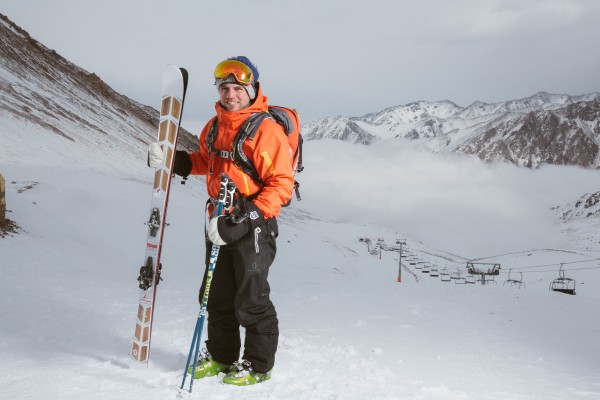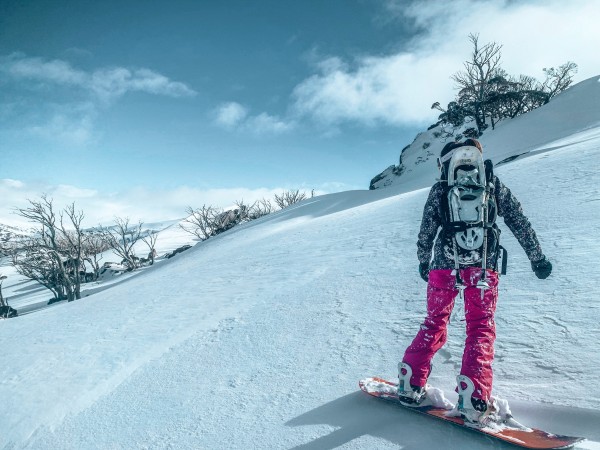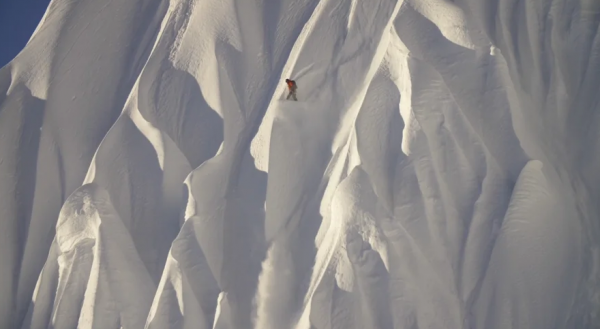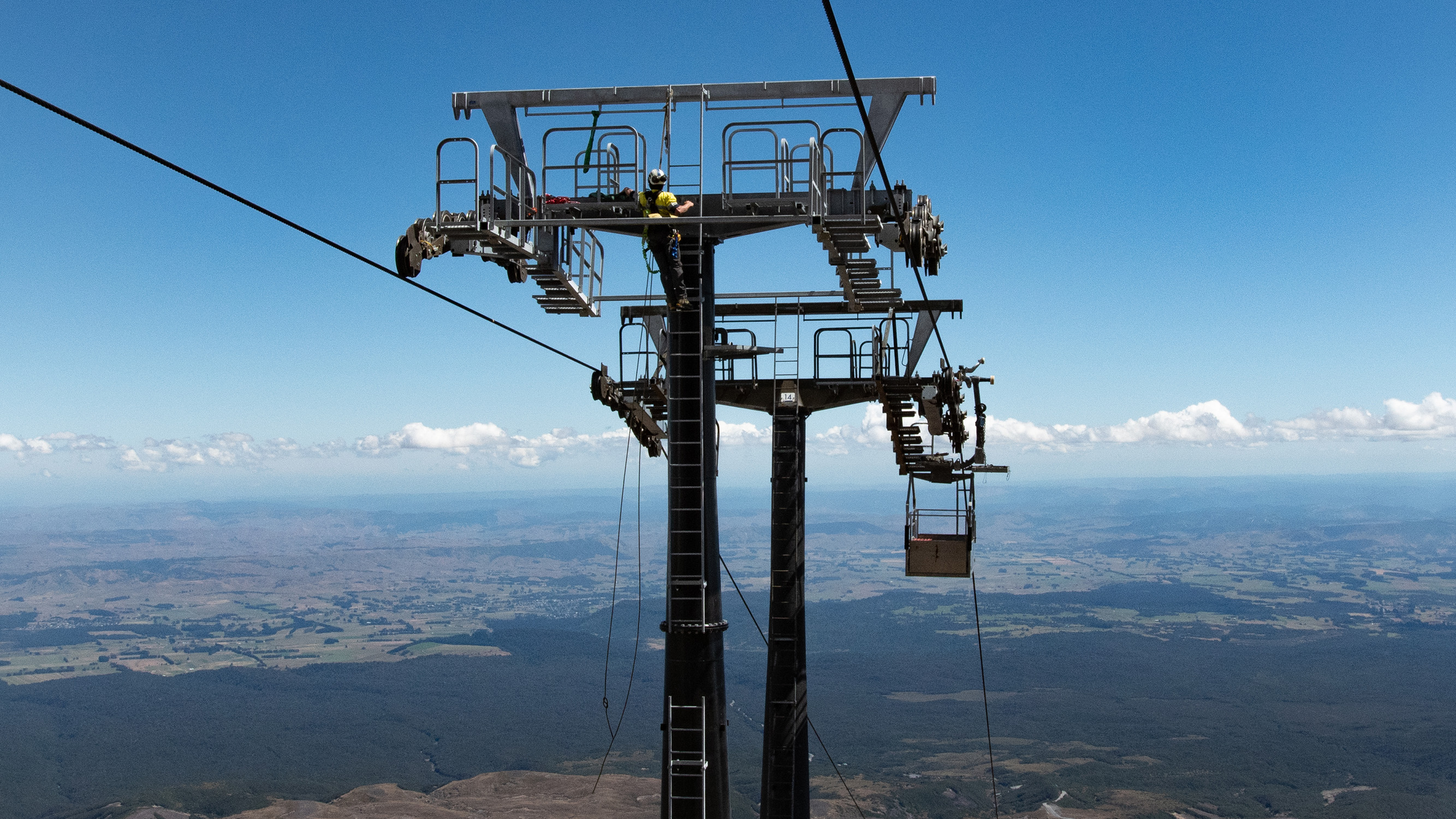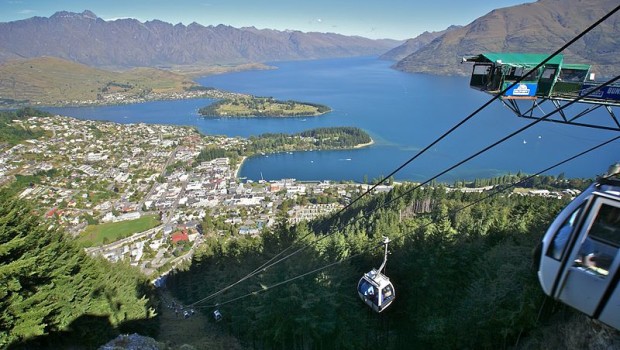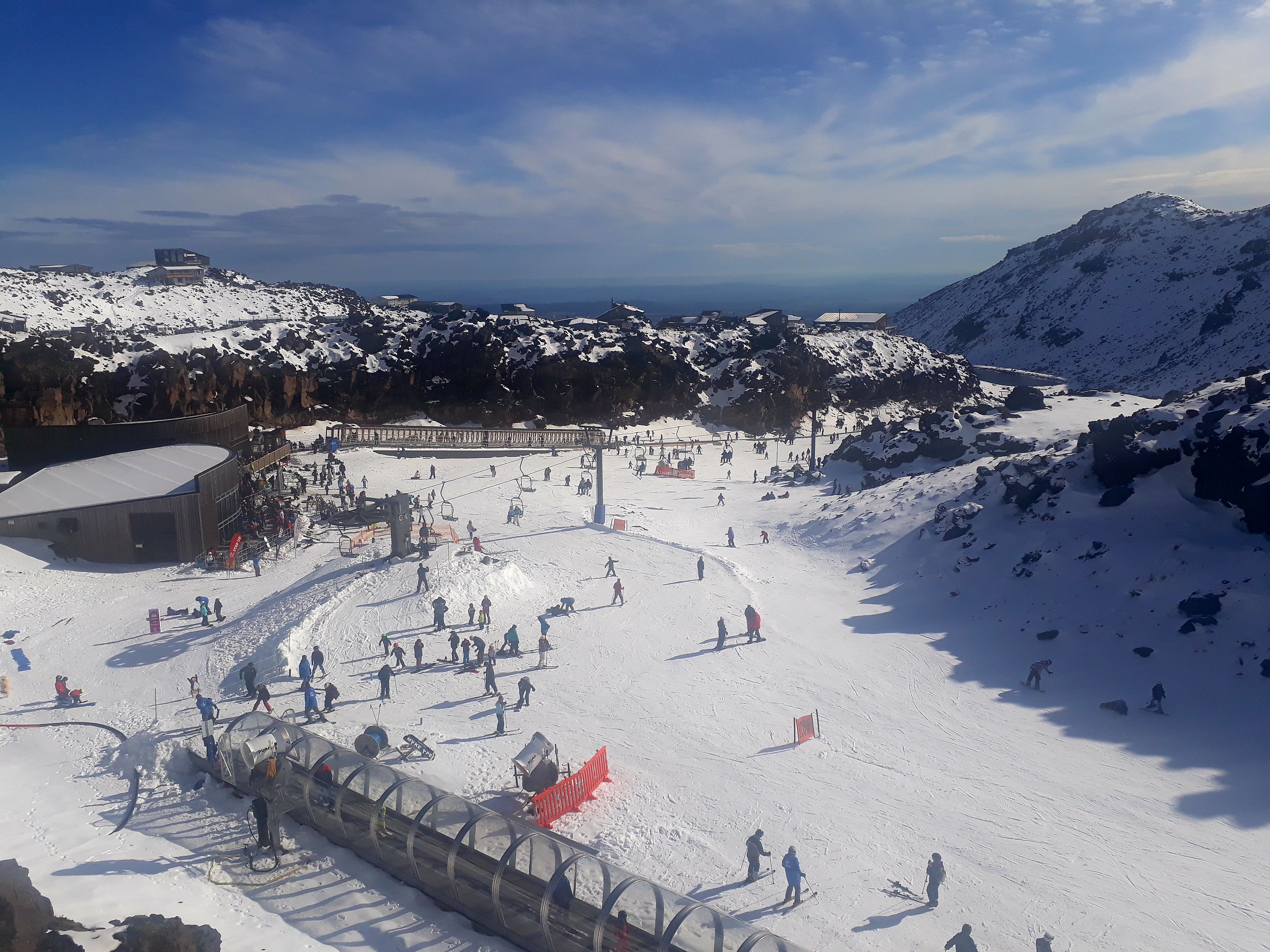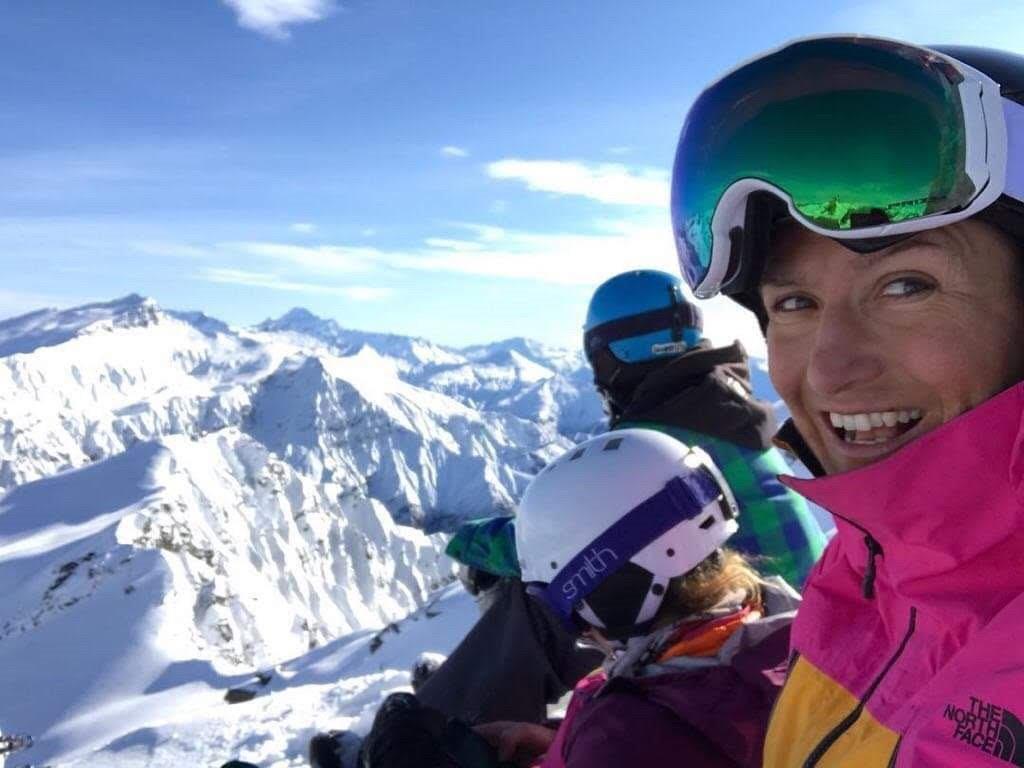What to pack on a backcountry ski trip
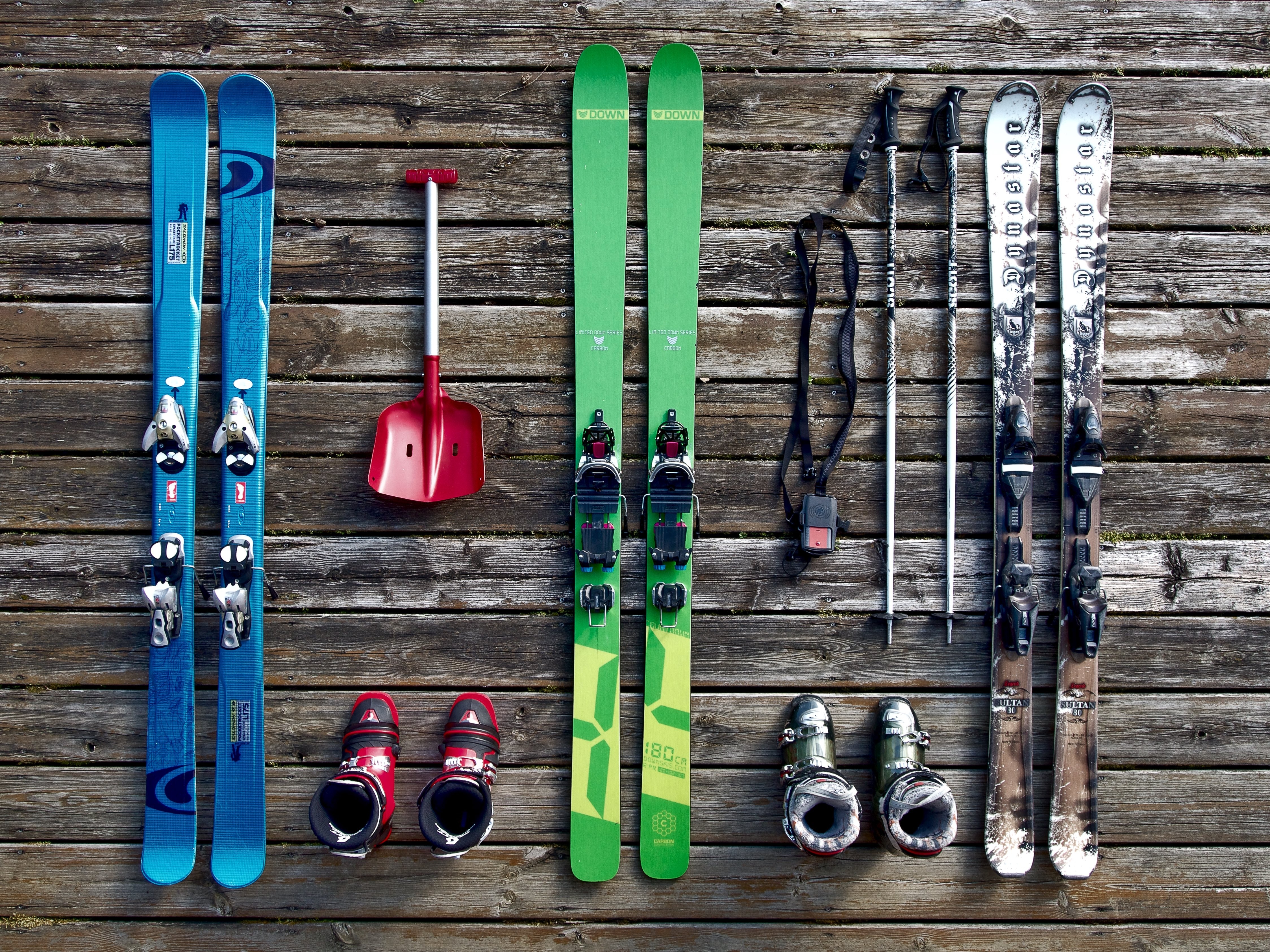
Where is your ski pack? This is a good question. It doesn’t make sense to take you up the slope, but you should still have key things in the backcountry. And you think you need those things, but probably not. For an important day of ski touring, we have put together a backcountry ski packing list.
For winter skiing, non-negotiable things include a sled, sample, torch, fur, headlamp, and warm puffed cloth. But there is a good deal in more flexibility beyond these things which is required for a touring day. Environment, paths, goals, and community experience all lead to a skiing day.
The first question is “which size pack is of appropriate size?” The response is “it depends,” like most stuff. Several products function. Many deposit options at lucky nugget can also be an option for you. It does not matter as 30-40 liters is usually a reasonable target.
You should always have the following things in your backpack which includes:
Avalanche Transceiver
You cannot locate your friends in an earthquake without this electronic device. Please ensure that your transceiver is up to date and practiced properly with three antennas and a mark button. Remove the batteries at the beginning of the summer to protect you from corrosion. Always replace it with fresh batteries.
Avalanche Probe
It is used to identify the hidden victims of an avalanche.
Shovel
It is great for jumping houses, but particularly for excavating avalanche victims after they have been hit.
Water (& purification tablets)
For any operation, hydration is essential and backcountry sources can be scarce. Packing a minimum of the 1L bottle for a day should be there. The classic large bottle allows you to add snow to your water level all day long. Stop bladders and trousers as they can freeze eventually.
Extra layers
In addition to your base layers, isolating layers, and water-resistant coat, it is also a good idea to pack an additional layer or two in emergencies, particularly if you spend the night in the wild.
Space blanket/Emergency shelter
A reflective blanket or lightweight emergency shelter on the base of your pack can be life-saving for the above-mentioned emergency night out. You will never need to use it, but you are ready when the time comes.
First Aid Kit
It is very important for every journey. Pick one that suits the type of journey you expect to take. There are many deposit options at lucky nugget and you can use them.
A 1-2 day trip, for example, can be just a must for bandaging, while a 4-5 day trip can use a few more things to fit into your bigger bag.
Headlamp
Before darkness, you may hope to return to your vehicle, but this is not always the way it works. Have a headliner packed with fresh or near-new batteries and you can get home a lot easier last night.
Map and compass
Preparation means not only to know your route ahead of time but also to get back on track when you take a wrong turn.
Cell phone
You may not be in service the whole time, but it’s worth having your phone to contact authorities/next as soon as possible when you take longer than expected in the backcountry.
Lighter/Fire Starter
If you have a fire started, emergency light is much simpler overnight. The products can be found on the bottom of the pack near the first aid and emergency shelter.
Ski straps
These useful stretchy rubber bits are so flexible and useful during the trekking time. If your touring binding fails, you can put the extra gear into your bag, tie skins failing and even work as a fortune in ski binding.
Multi-tool
Tighten the fasteners. Break the flapping base of material free. The added weight of stainless steel in the pack is used for a multi-tool for eclipse.
Duct tape
Duct tape is used for additional binding and deployment. You do not have to take the whole package, by wrapping your ski pool or water bottle you can store the emergency quantity.
Radio
In the backcountry, communication is crucial. It’s worth the handy communicators if you want to split the party or venture beyond the earshot.
Extra gloves/hat
They are very useful in case of a sudden change in weather or case of any emergency.
Mobile charger
Want to take pictures all day on your phone? If you want to do so and make a phone call for support, it is worth getting a mobile charger and cable.
Extra batteries
You should carry extra batteries for your transceiver and the headlight when you take a multi-day backcountry ski trip. The same AAA batteries are used in most transceivers and headlamps are advisable. Test your transceiver battery charge every day before you leave. A simple rule of thumb is that the batteries always have to be replaced when they reach 70% or less.
GPS locator
Camera
It’s best to keep your phone and a real camera to take better pictures. Anything lightweight and compact will allow the trick.
Let us explore
This list is certainly not exhaustive and cannot be practical for every type of snowboarding or backcountry skiing trip. When going into avalanche terrain, always make sure your group has the experience and skills to save your life. Don’t worry if everything is a little overwhelming. Have a great trip and an exciting journey during your trip and make beautiful memories.


